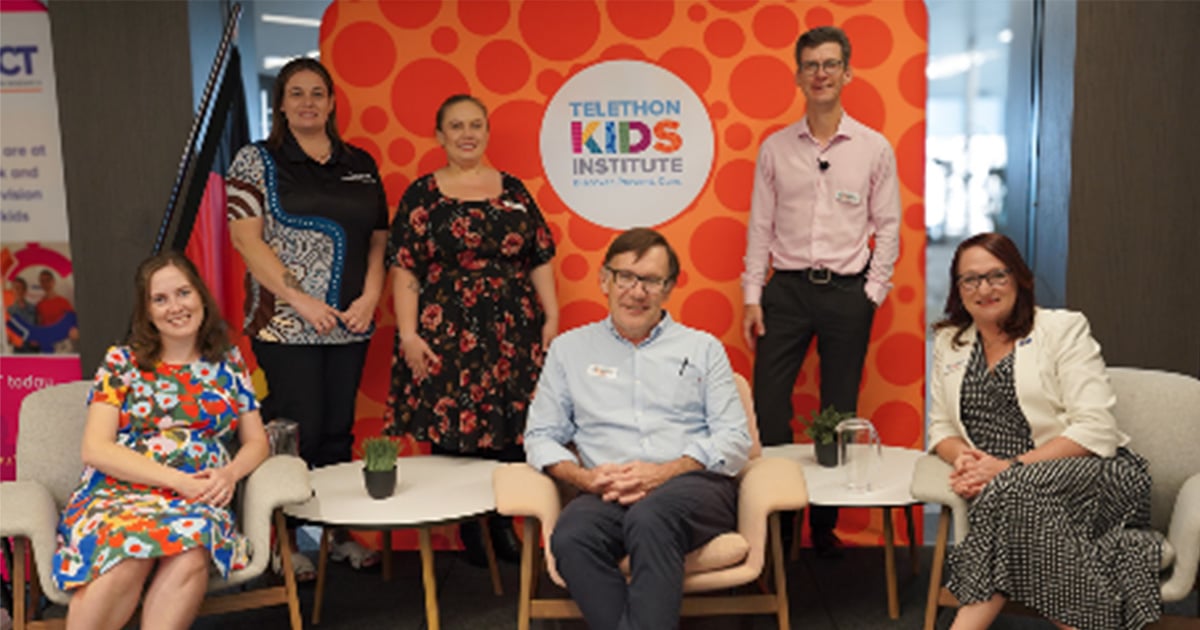Search
Showing results for "aboriginal respiratory"
Research
Re-examining Hepatitis B Postexposure Prophylaxis Following Pediatric Community-acquired Needle-stick Injury in an Era of a National Immunization RegistryLong-term hepatitis B immunity has been demonstrated following the completion of the primary vaccination series in childhood. Some guidelines recommend a hepatitis B surface antibody (anti-HBs) directed approach following community-acquired needle-stick injury (CANSI) to inform hepatitis B postexposure prophylaxis (PEP) management.
Research
Whither pertussis?This article discusses the rising prevalence of pertussis disease in countries which have switched to acellular vaccines.
Research
Sero-epidemiology of SARS-CoV-2V-2 in Western AustraliaChristopher Asha Blyth Bowen MBBS (Hons) DCH FRACP FRCPA PhD BA MBBS DCH FRACP PhD GAICD FAHMS OAM Centre Head, Wesfarmers Centre of Vaccines and
Research
A longitudinal study of natural antibody development to pneumococcal surface protein A families 1 and 2 in Papua New Guinean Highland children: a cohort studyPneumococcal surface protein A is immunogenic and natural anti-PspA immune responses are acquired through exposure and develop with age
Research
A quality improvement study: Optimizing pneumococcal vaccination rates in children with cochlear implantsChildren with cochlear implants are at increased risk of invasive pneumococcal disease, with national and international guidelines recommending additional pneumococcal vaccines for these children. This study aimed to examine the pneumococcal immunization status and rate of invasive pneumococcal disease in children with cochlear implants at a tertiary paediatric hospital over a 12-year period.
Research
Effect of early carriage of streptococcus pneumoniae on the development of pneumococcal protein-specific cellular immune responses in infancyThe aim of this study was to examine the relationship between nasopharyngeal pneumococcal colonization in early life and the development of T cell responses.

Research
The STAMP RSV ProgramSTAMP RSV is a multifaceted program of work with the single focus to prepare the community for the uptake of new and emerging RSV immunisation strategies by providing the evidence to inform public health policy.
Research
Combination of clinical symptoms and blood biomarkers can improve discrimination between bacterial or viral community-acquired pneumonia in childrenCombining elevated CRP with the presence or absence of clinical signs/ symptoms differentiates definite bacterial from presumed viral pneumonia better than CRP alone
Research
RSV prophylaxis use in high-risk infants in Western Australia, 2002-2013: a record linkage cohort studyThe monoclonal antibody, palivizumab is licensed for use in high-risk infants to prevent severe illness caused by respiratory syncytial virus (RSV). The level of its use and compliance with current jurisdictional guidelines which were amended in 2010, is unknown.
Research
Low-dose oral interferon alpha as prophylaxis against viral respiratory illness: A double-blind, parallel controlled trialA double-blind, placebo-controlled clinical trial was conducted investigating the use of low-dose oral interferon alpha for preventing acute viral...
